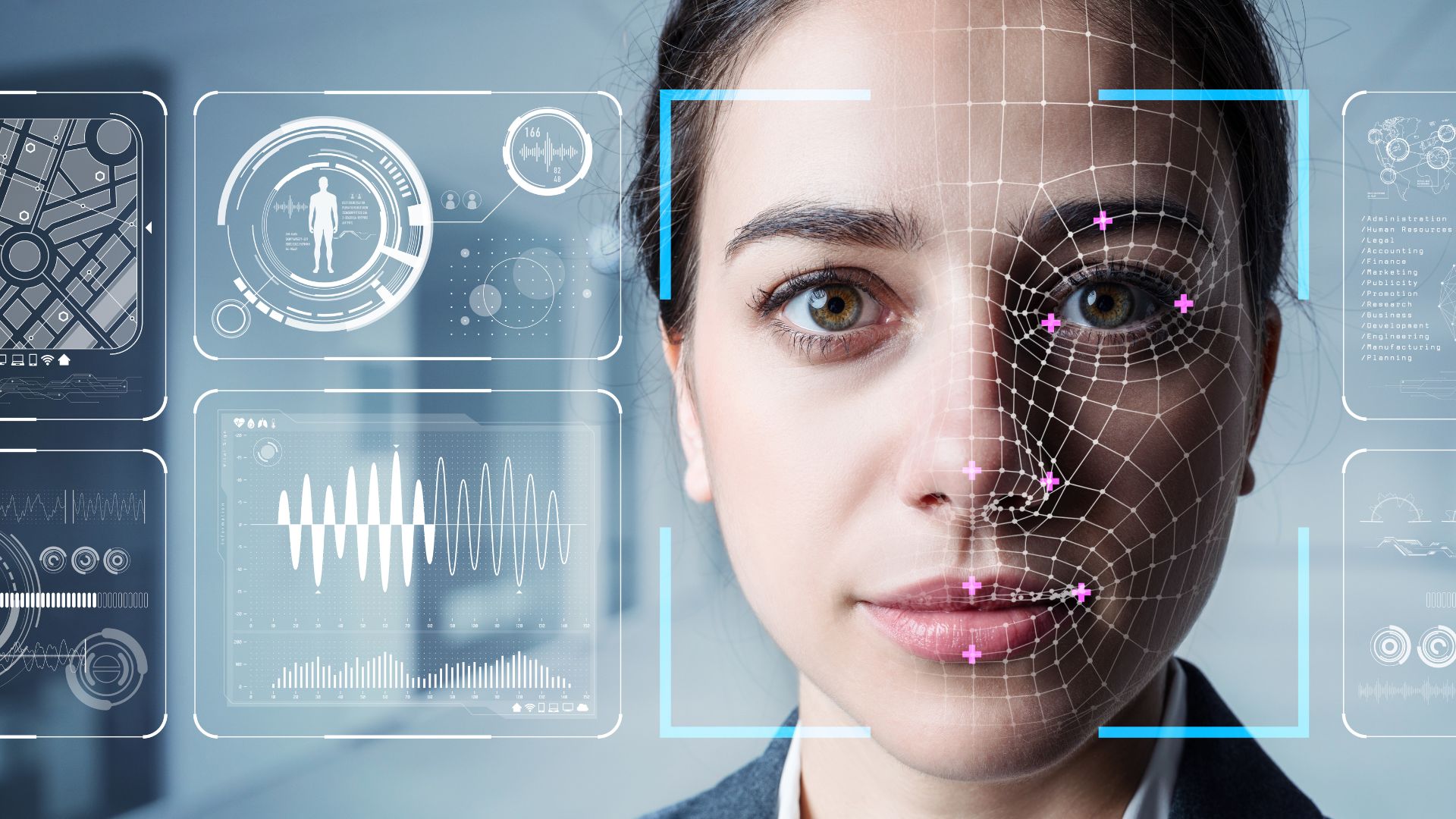Deciphering the future of work under the shadow of artificial intelligence: 6 decisive aspects

By Eduardo Gonzalez
Business Development, HR Path Americas
New Artificial Intelligence (A.I.) projects are appearing every week, and it is a fact that these projects will slowly but steadily displace many jobs. It is also important to point out that it is not easy to work with A.I., since to be able to use it and take advantage of it, among other things, is required:
- Define use cases.
- Make a clear map of the processes to be automated with AI.
- Design the architecture to interconnect the A.I. with the existing data ecosystem.
- To have security elements that allow us to protect our data.
- Generate efficient processes for its operation.
- Create risk mitigation strategies as in any automation process.
Organizations are always looking to hire the best people to maintain or achieve leadership in their area of business, but what are the attributes that define the “best people“?
Today, in certain organizations and for certain specific positions, a certification is more valued than a bachelor’s degree, and perhaps, even more a specific skill to face an emerging challenge, for example:
A blockchain company launches a new token through the issuance of an ICO (Initial Coin Offering) which is a means of fundraising used in the cryptocurrency arena, ICOs are similar to Initial Public Offerings in the traditional stock market.
Successfully launching a token through an ICO requires a combination of key skills such as:
- Knowledge and development of smart contracts using programming languages like Solidity.
- Marketing strategies and creation of viral content through social networks such as “TikTok”.
Something that many traditional engineers and marketers may not achieve with the same success of those who, in addition to the necessary skills to do so, develop skills within the social media environment. Thanks to its contacts and up-to-date information, it can generate excellent, and timely recommendations, avoiding costly mistakes that have already been seen in other similar projects, making the token launch have a better future.
Skill, according to the dictionary is: the ability to perform a specific task or activity at a high level of competence and is a key element that allows us to make good decisions by applying the knowledge we have in an agile and assertive way to emerging and chaotic processes.
These capabilities can be detected through various factors, one of which is the purely human factor given by the neurophysiology of the person, which includes aspects such as psychometric and projective tests. Another factor is education, which is represented in the form of competencies and their degrees of mastery. At this point, a common practice is to map the competencies of employees to the business needs of the organization and develop them progressively.
To assess competencies, evaluation processes are required and once the results are in hand, managers have the information to know if the existing human team can meet the strategic objectives of the organization and if not, then plan and execute the necessary changes to achieve them.
Today, due to the speed of reaction required by organizations, I consider 6 decisive aspects that must be considered in this era of innovation and Artificial Intelligence in order to maintain leadership in today’s competitive market:
- Evaluation and Feedback should be as close to real time as possible; the more updated the information available, the more possibilities there will be to move the rudder and make decisions. The feedback process should be simple and continuous.
- Focus on the collaborator. Understanding the employee as an intelligent entity with a high learning capacity, and that in addition to their knowledge, they have passion for what they do, will help us to support them in developing skills that allow them to help your organization to understand, innovate and improve its processes.
- Self-management. The classic training processes are based on making employees learn to perform a group of tasks that are specific to their position, and for this purpose courses, trainings and certifications are dedicated to ensure that these tasks are performed efficiently. Nowadays and in an environment where artificial intelligence can replace processes that are not very dynamic and predictable, process optimization is required through innovation using skills that solve problems that hinder speed, automation and process flow. This will be a complex task if the organization limits the learning of its employees to rigid training programs. To the extent that learning is free then a new paradigm will be created where people with passion and true interest in the work they do will dedicate time to learn new skills that will allow them to contribute to their work, and therefore to their organization, the best of themselves to achieve the goals for which their position was created, let’s say that the “how” becomes more important than the “what”.
True leaders will choose to have access and freedom to use sufficient and necessary training tools to be able to manage their work efficiently and innovatively. - Content curation. We have lived through a paradigm shift where information has gone from being “pull” to “push”, this means that in the past information was obtained based on perseverance and interest, it was sought, we “pulled” it, to obtain it we had to visit libraries, convince specialists to explain it to us, have specialized books, etc.
Today, information comes to us in abundance through the data we provide when we log on to the internet, the “machine learning” of search engines, the skills of SEOs promoting products and Artificial Intelligence. The problem is that much of this information may be false, flawed, redundant or useless for our purposes, so in order to think of a model that does not waste our time it is important to have a “personalized content cloud” (learning object container in the cloud) that is limited to quality information, information that is really useful for the organization and that is easy to consume. An example of Content Cloud: Content Cloud - Skills Clouds. Until recently, competency models, linked to a job description and a development plan were the norm in organizations, however, in recent times it has been seen that this model is evolving and therefore it is now necessary to incorporate elements such as “Skills”. With the continuous influx of new business possibilities also comes a series of “new skills” that become competitive advantages for organizations. These “new skills” are being discovered and making their appearance in places like Web 3.0, metaverses, blockchain, and all the new technologies and business models. To attract prospects to recruit who have those skills, applications such as LinkedIn and job boards begin to populate with various descriptions of those skills that can already be listed by thousands, its generation has been chaotic as they have been born through what is known as “crowd sourcing” (open collaboration) that is, someone detects a new skill that is useful for her/his organization and seeks to define it in clear terms so that someone looking for a job and read it can identify that he has that skill, for example: “create fun content for tik tok that generates virality”, and then uploads the job posting to one of the multiple public LinkedIn-like job boards with the description he thought would be the most appropriate, the problem is that many other recruiters have already uploaded descriptions that, with other words define the same skill.
The richness of a “Skills Cloud” (public container of skill definitions) is that it has hundreds of thousands of skill definitions that are needed to meet the needs of multiple job descriptions, what makes it complex to use is the anarchy that has existed to generate that set of skill definitions.
Classifying and standardizing these definitions becomes an extremely complex task since, as mentioned above, the same ability can be defined in hundreds of different ways.
To normalize an intelligent and objective set of skill definitions a strong taxonomy (classification through syntax) and ontology (classification through semantics) work must be done and for this kind of work in a database of hundreds of thousands of different data Artificial Intelligence can be the key to achieve it.
An example of a standardized Skills Cloud is Skill-Graph: Skills-Graph - Skills-based job descriptions. If there is the possibility of having a set of skills definitions ordered and adapted to the organization “customized Skills Cloud” as well as a container of learning objects “Skills content”, the next step is to be able to unite both through the use of curation of that content using artificial intelligence and thus creating job descriptions based on skills that can be mapped to pre-curated content that allows creating career plans where freely and through self-management each collaborator can learn what they require in a free and intelligent way.
This derivation of talent management and development models using new technologies such as EDCAST and SKILLS GRAPH will serve to find which jobs will be done by humans and which by robots. At HR-PATH we provide companies with technology to detect, use and optimize skills that allow companies to move towards highly innovative and efficient operating models, promoting committed collaborators who generate contributions where passion for their specialty will be key to their development for their own benefit and that of the organization for which they collaborate.




